What Are Your Cold Weather Yardages?
In this video, Ping ambassador Barney Puttick explains how to work out your cold weather yardages
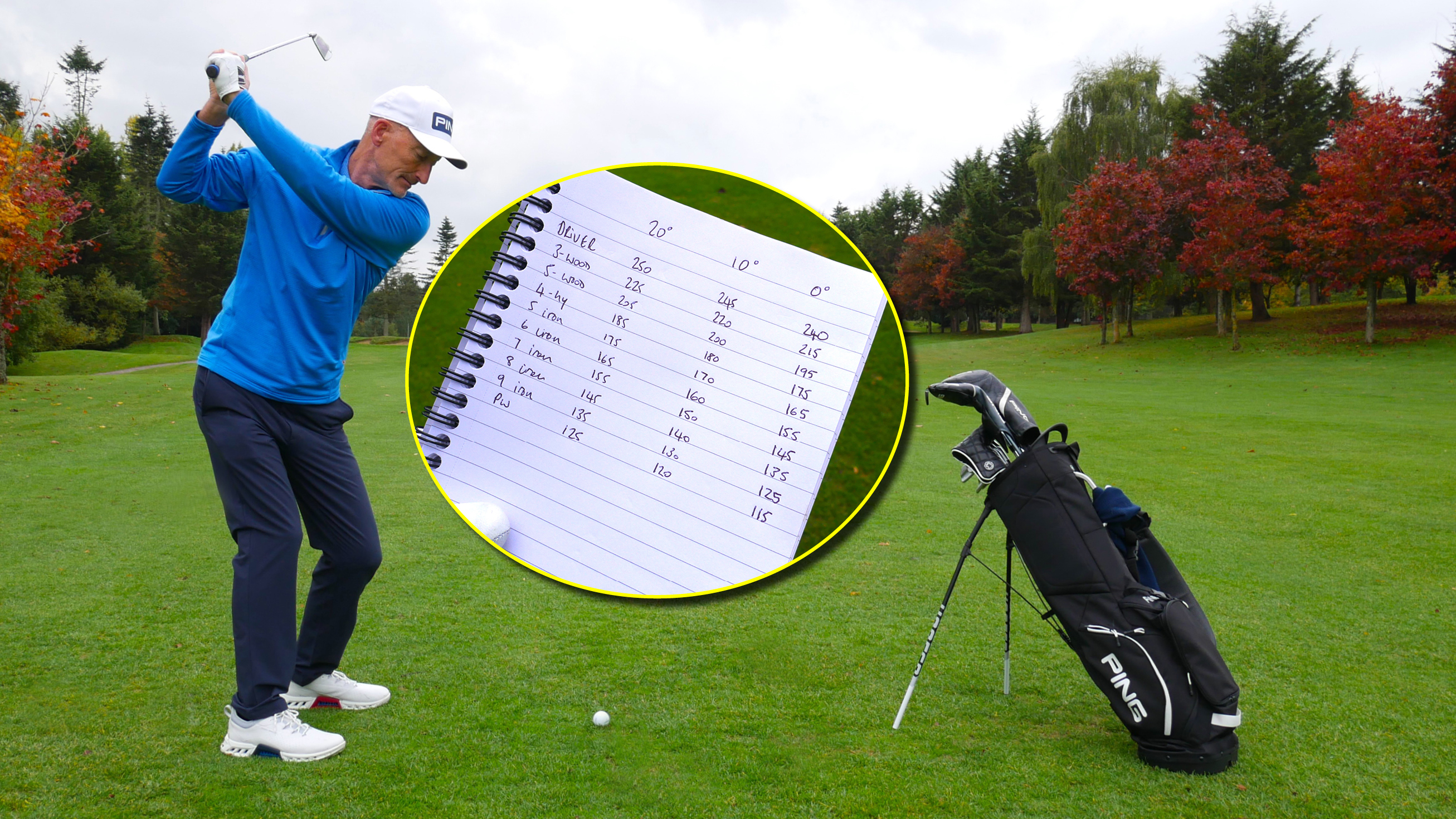

When the elements roll in this winter, you'll have to make adjustments if you want to hit your numbers. In the video and article below, PGA pro Barney Puttick offers some simple advice on how to work out your cold weather yardages so you can play your best this winter...
Golf coaches will often explain to their pupils how important it is to know their distances. However, if you expect to hit your stock yardages when the temperature drops and the wind picks up, you're going to run into problems. Here are the main things to consider this winter.
Cold temperatures
It's vital to remember the ball won't travel as far when it's cold. It sounds obvious but it's something many golfers still forget and find themselves coming up short far too often. So, how do you account for this impact?
Well, there is actually a handy rule to follow that will make it easy for you. For every 10°C the temperature drops, you're going to lose five yards. So if you hit your stock 7-iron 150 yards when it's 15°C, it'll only go 145 yards if it's 5°C. The opposite applies if the temperature increases.
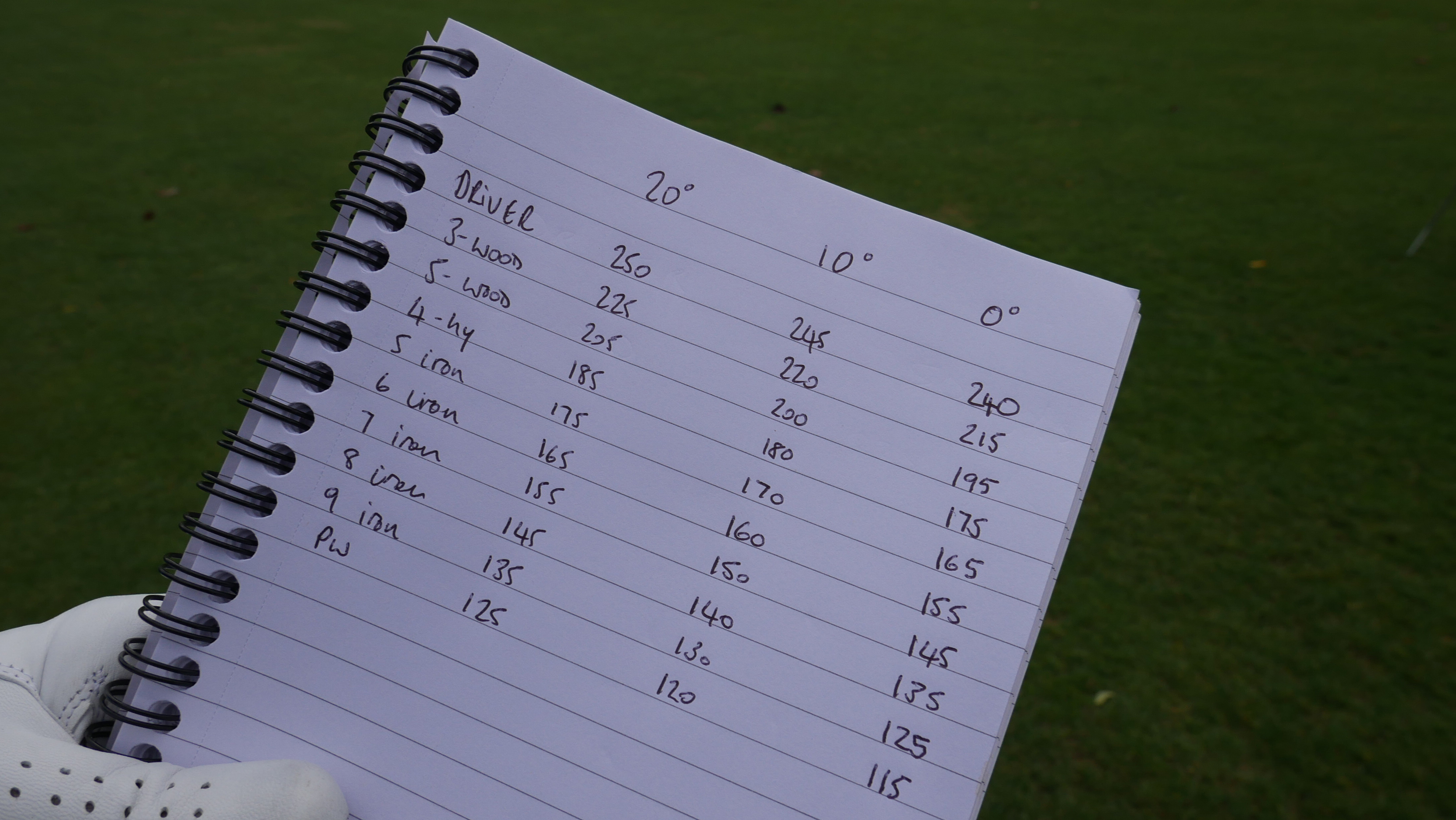
Follow this handy guide to better judge your yardages when the temperature changes
It's something you'll need to incorporate into your pre-shot routine if you want to play at your best this winter or any time you're scheduled to hit the course in extreme conditions.
Wind
It never rains but it pours, and as the temperature drops, the wind also tends to increase, so that's another factor you must learn to account for. Luckily, there is another general rule that will make this process easier.
As Barney explains in the video, every mile per hour (mph) of wind into your face will cost you one yard. So if you've got 160 yards to a flag into a 15mph wind, to get the ball pin high, you'll need to hit a 175-yard shot.
Get the Golf Monthly Newsletter
Subscribe to the Golf Monthly newsletter to stay up to date with all the latest tour news, equipment news, reviews, head-to-heads and buyer’s guides from our team of experienced experts.
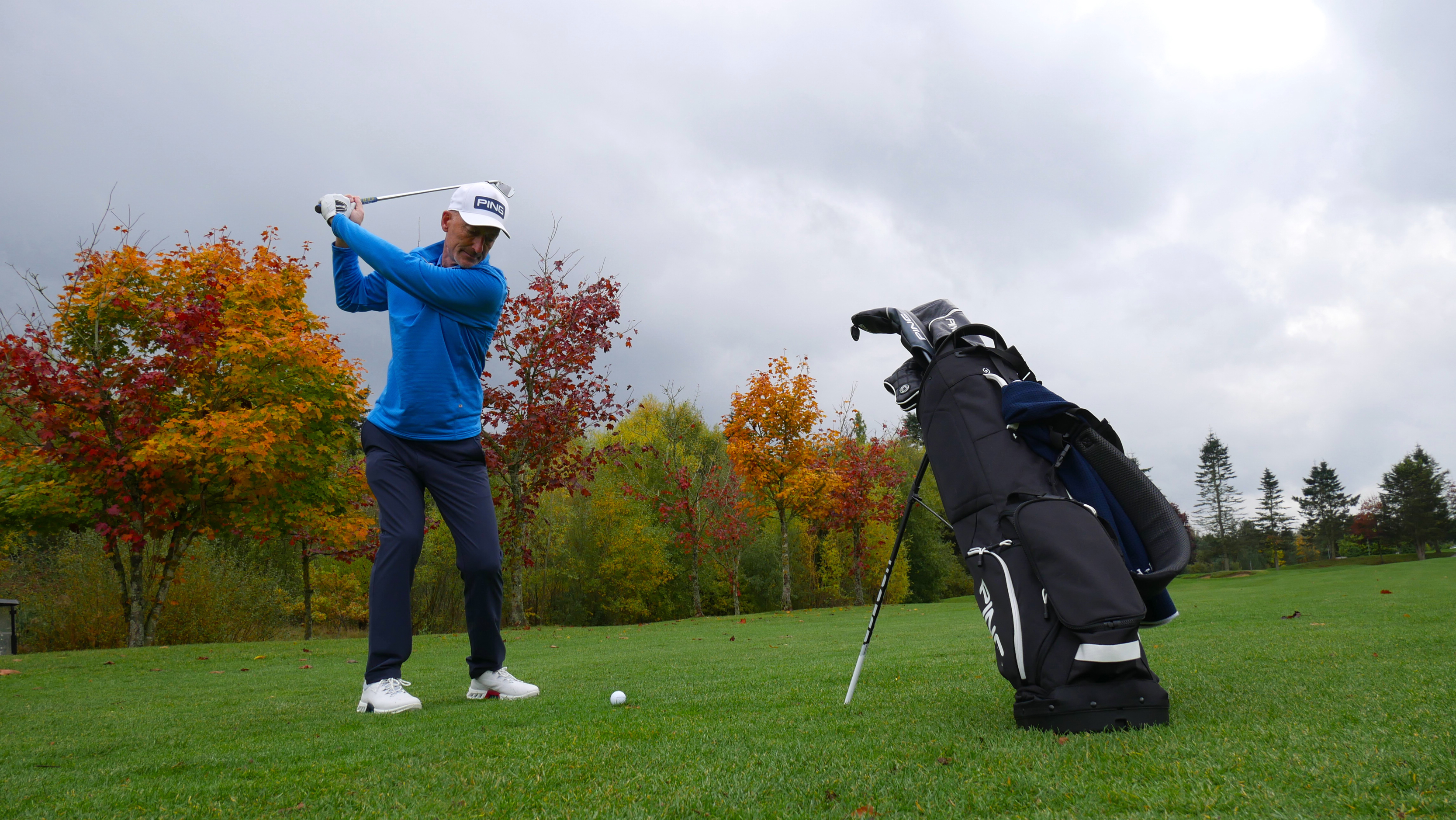
When the wind blows, it's vital to make adjustments
Sadly, the benefit gained downwind doesn't isn't equal to the hurt felt into the wind, but who said this game was supposed to be fair? For every mph you are downwind, it'll only play about half a yard shorter.
It's vital to factor the wind and the temperature together to calculate an accurate playing yardage. It might sound like a lot but with some practice, you'll quickly get the hang of it. A good idea is to check the forecast and make a note of the speed and direction of the wind, and the temperature before heading to the course.
Once you've done that and made your decision on which club to hit, commit to it. Doubting yourself here will undo your good work, so whether you're hitting a low punch shot or trying to work out how to hit a driver in winter, make sure and swing with confidence.

Location: Mid Herts Golf Club
Barney turned professional in 1979 and gained the Assistant Professional position at Dyrham Park Golf Club. He played full time before becoming Head Professional at Ramsey Golf Club in 1987. He can now be found teaching at Mid Herts Golf Club. Barney's favourite golfing memory is tying Greg Norman for third place in a 36-hole tournament in Cannes.
Teaching philosophy:
My goal with every student is to work with the player and what they possess rather than impose a prescriptive style for everyone. The key, for me, is improving players' fundamentals and their impact factors, and setting of that all important chain of events of one good move leading to another.
Typical lesson:
Technology makes it possible for everyone to see their swing and get their numbers. My job is to unravel them and give the player a positive set of ideas to take away after the session. Using swing drills and drawing sporting comparisons to the swing - for example, throwing a ball - the player can improve quite quickly once they put these into practice.
Significant influences:
I was fortunate to spend my formative years working for Ian Connelly, Nick Faldo's early mentor. He instilled in me the love of the art form that is coaching, and I still use some of his ideas to this day. Latterly, I enjoyed Bobby Clampett's ideas on the swing, as he was a phenomenal player with a quirky action. His ideas on impact have aligned to my teaching. I have also been blessed to spend time with Mike Bender, Zach Johnson's long time coach.
-
 JM Eagle LA Championship Prize Money Payout 2025
JM Eagle LA Championship Prize Money Payout 2025The LPGA Tour heads to California for the JM Eagle LA Championship, where the largest prize money payout of the season so far is on the table
By Mike Hall Published
-
 Corales Puntacana Championship Prize Money Payout 2025
Corales Puntacana Championship Prize Money Payout 2025The PGA Tour’s latest opposite field event features an attractive prize money payout and some former champions in the field
By Mike Hall Published
-
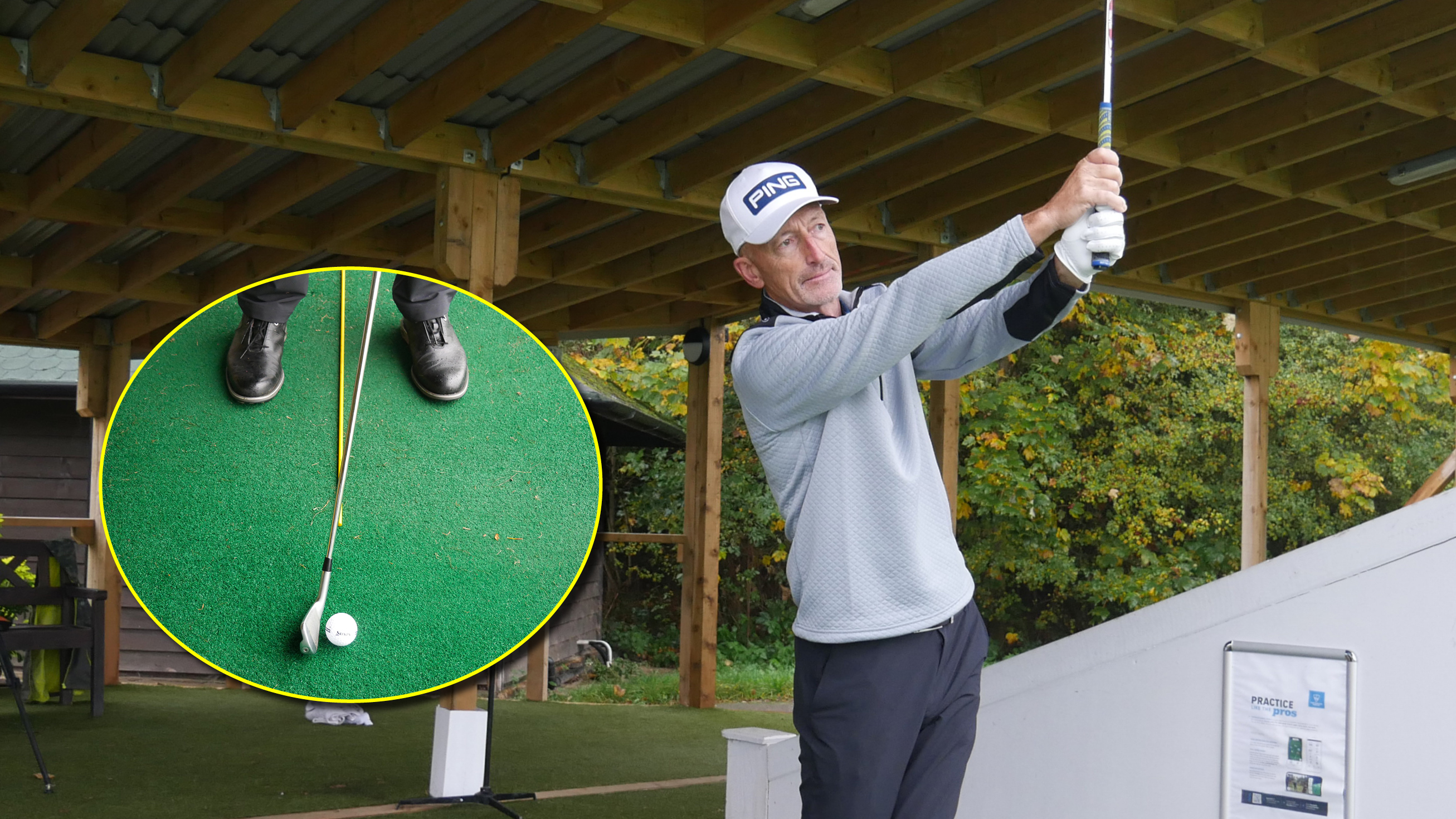 How To Hit A Stinger
How To Hit A StingerKnowing how to hit a stinger will come in very handy in certain conditions. Top 50 coach Barney Puttick explains the technique required
By Barney Puttick Last updated
-
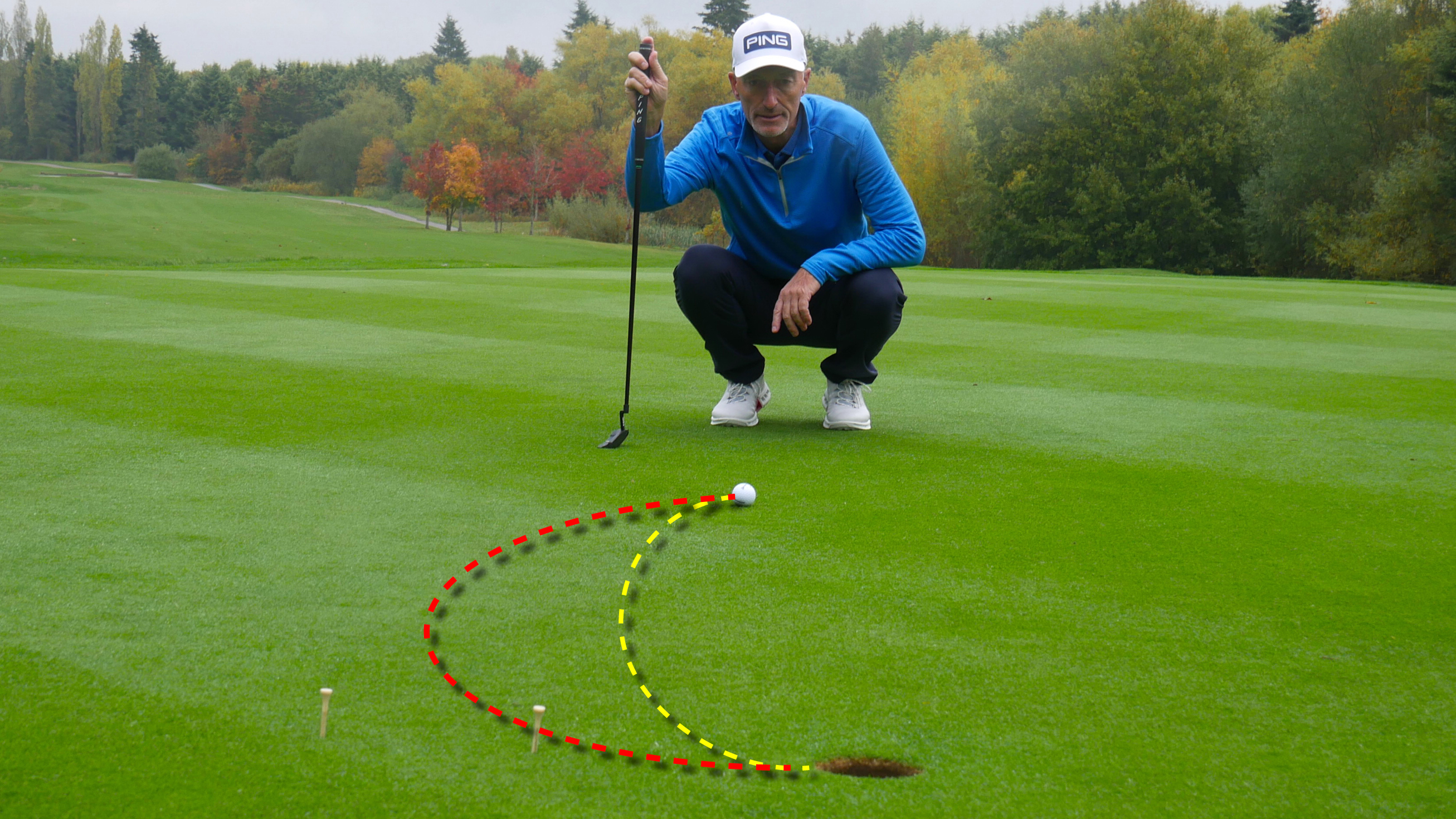 How To Putt On Winter Greens
How To Putt On Winter GreensPing ambassador Barney Puttick shares some top tips that will help you putt better this winter
By Barney Puttick Last updated
-
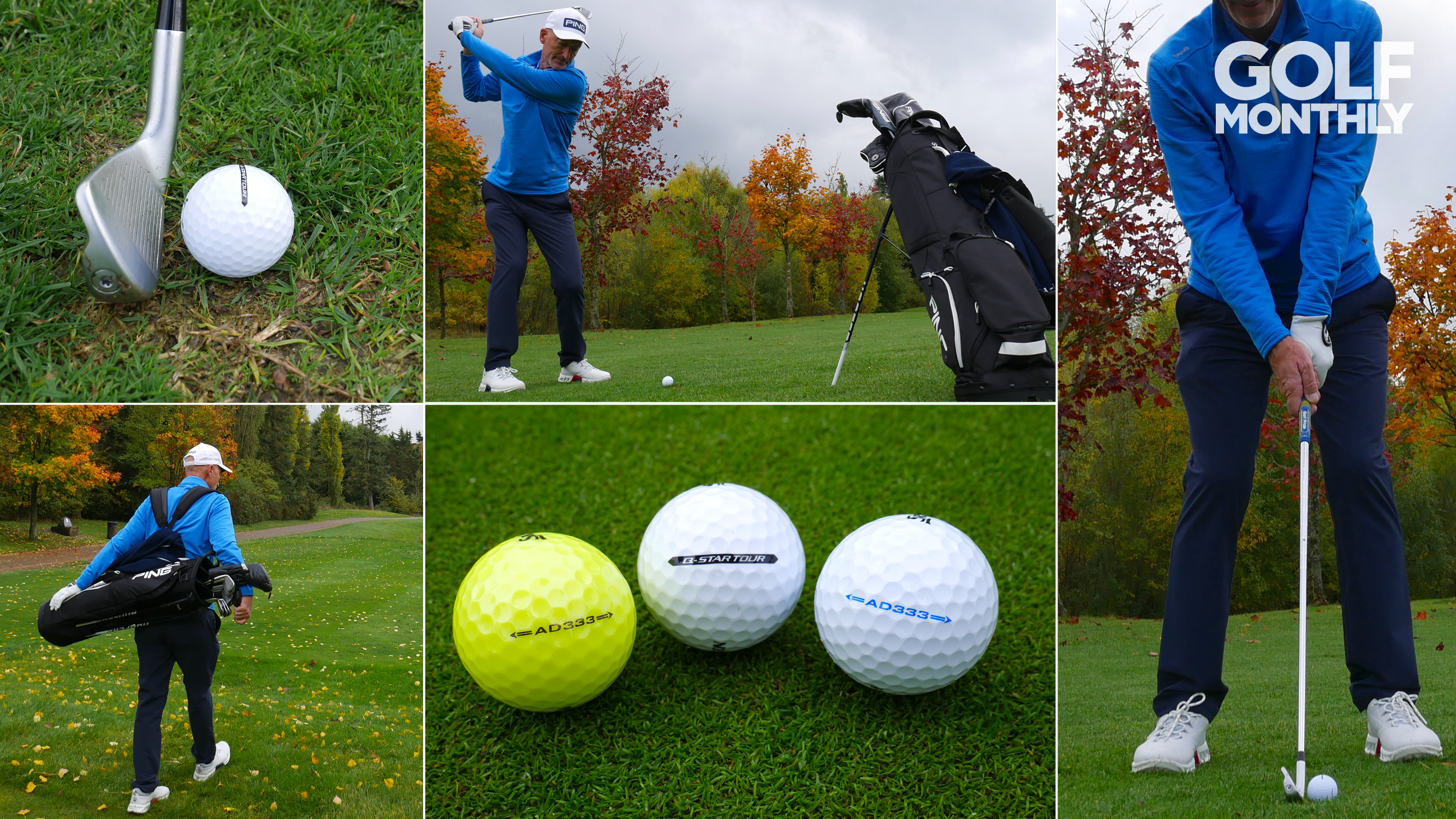 5 Top Tips For Playing Golf In Cold Weather
5 Top Tips For Playing Golf In Cold WeatherIn this video, PGA pro Barney Puttick runs through five winter essentials to help you play your best
By Barney Puttick Last updated
-
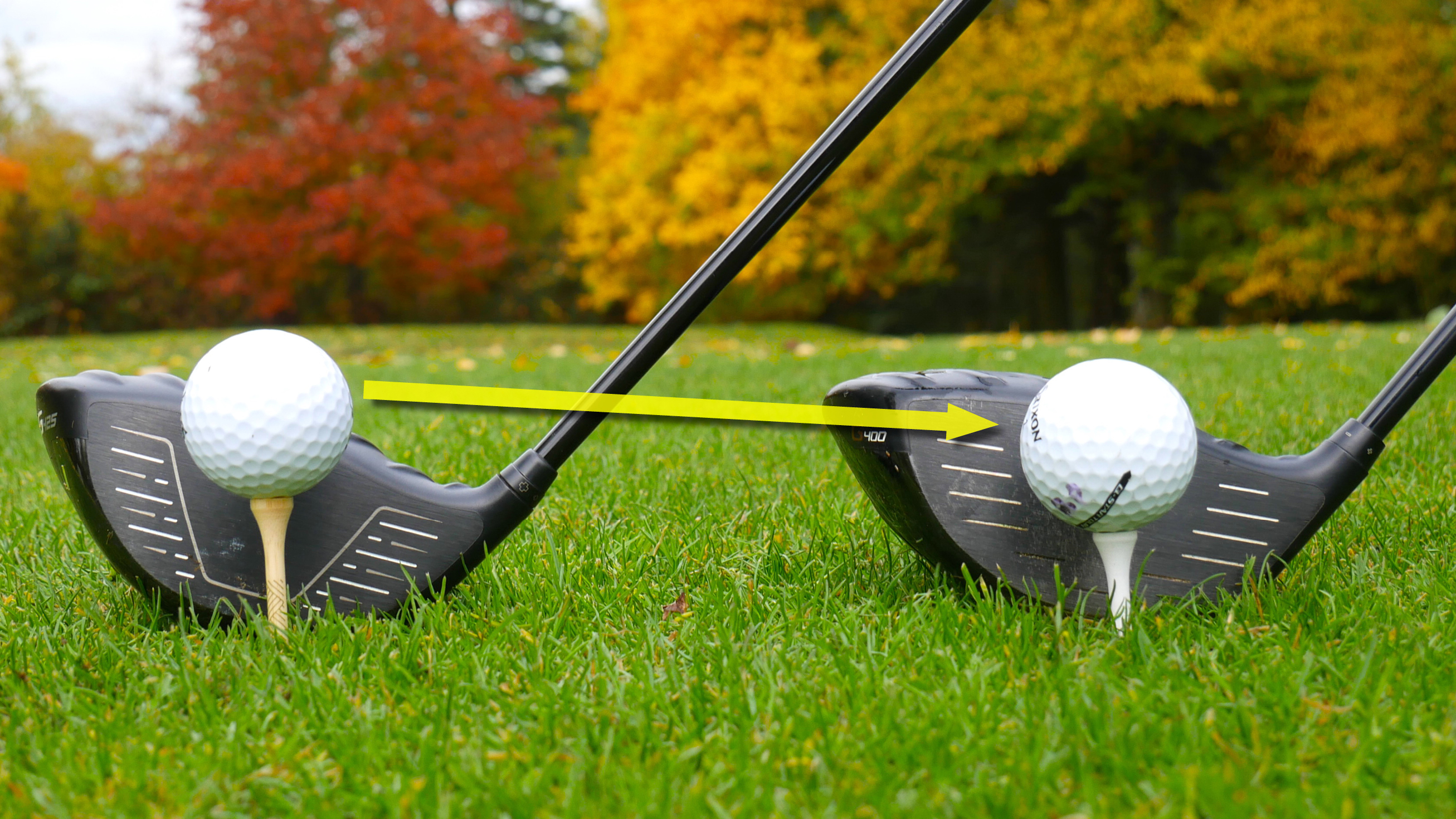 How High To Tee Your Ball In The Wind
How High To Tee Your Ball In The WindThese tips from PGA pro Barney Puttick will help you control the ball in the wind this winter
By Barney Puttick Last updated
-
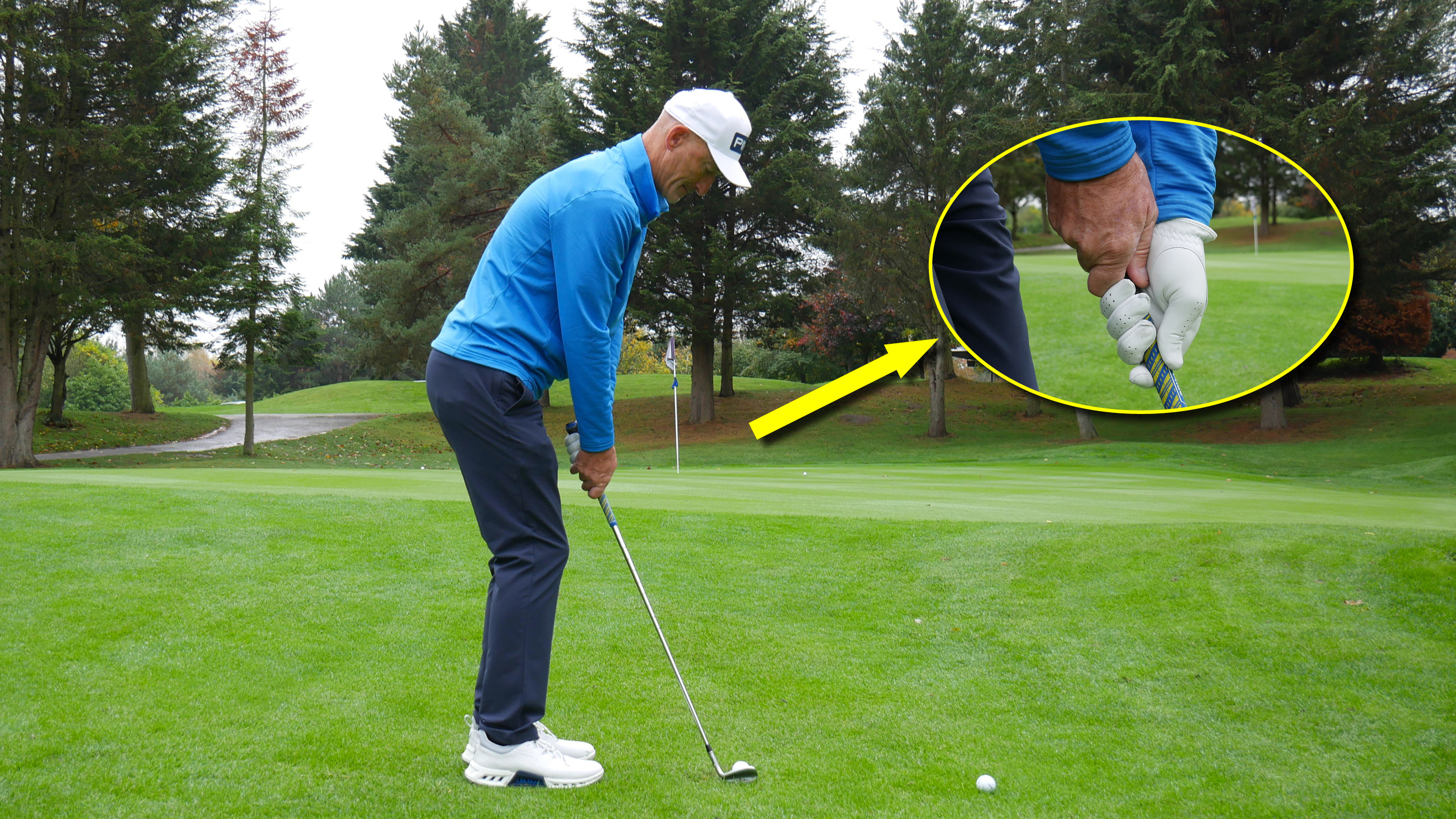 Wet Lie Chipping Method Explained
Wet Lie Chipping Method ExplainedIn this video, Ping ambassador Barney Puttick offers some simple tips on how to chip from wet lies this winter
By Barney Puttick Last updated